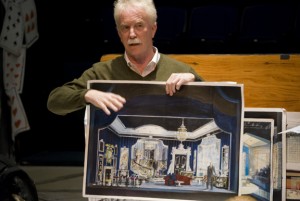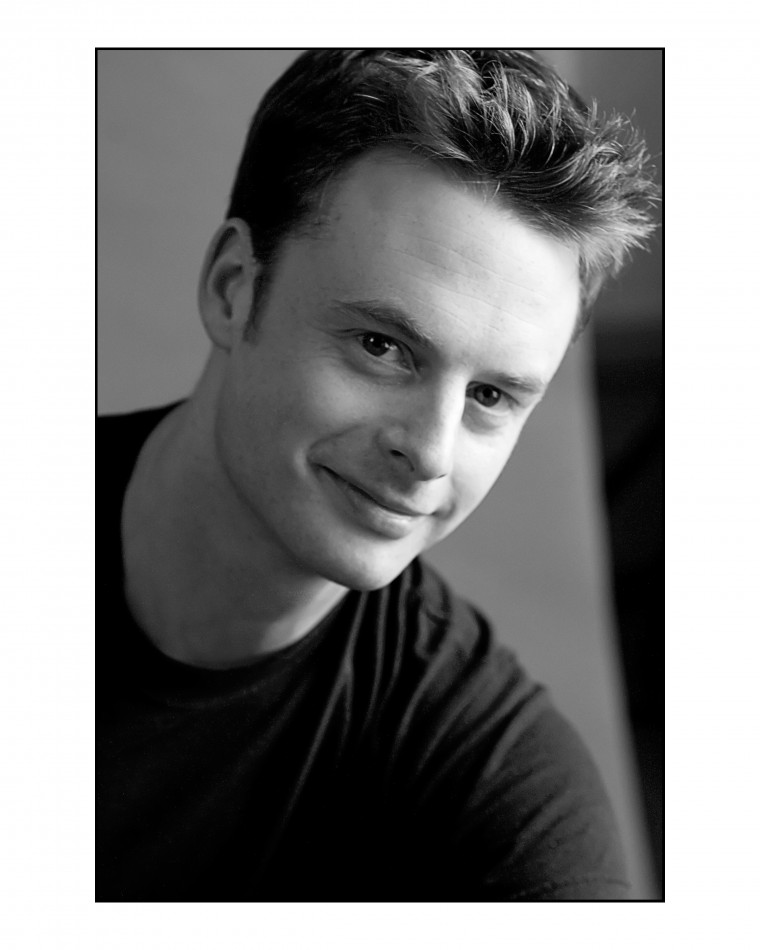JOHN LEE BEATTY, PORTRAIT OF THE DESIGNER AS A YOUNG MAN: A LOST INTERVIEW
Part 14: “I Get the Most Out of Plays That Have No Scenery”

As told to Samuel L. Leiter
This is the fourteenth installment in my previously unpublished 1980 interview with designer John Lee Beatty, which is being serialized in Theater Pizzazz. Please see Part 1 for an introduction to the interview, which I’ve adapted as a narrative, and why it’s first being published 40 years after it occurred.
Most of the people I meet are in theater, obviously. My best friend is a costume designer. She and I hardly ever talk about design. However, I think every theater person has trouble with this. You don’t know whether you’d be better off with people in theater who understand your problems and your schedules or whether you’d be better off with people who don’t know anything about it and who leave you blissfully alone.
I don’t like to talk about design socially. I’m very Victorian about separating it. I kind of hide my work from people. When people come to my house I close the door to my studio. It’s my work, that’s what I do, but I don’t think that’s my personal life and I don’t want it to be.
I don’t go to the theater all that much as a theatergoer because I don’t always enjoy it tremendously. I get angry when it’s bad. I went to see Shenandoah (1975 ) because people said it was so wonderful. I bought an expensive seat in the middle of the orchestra. I would have paid the price again to get out before the intermission. I was so angry and disappointed. I thought it wasn’t any good. And the people on the stage seemed so smug.
A lot of times I see things I think are a rip-off. A rip-off of the audience, and a rip-off of the theater, and a rip-off of theater art. Every so often, though, I see something wonderful and it inspires me. But that’s very rare.
Also, the seams show too much for me. I went to see Sherlock Holmes (1974), for example, and I enjoyed it. But I spent the first 10 or 15 minutes checking out all the scenery just as any person in the theater business would. I realized I had missed all the exposition of the play. Luckily, it was written in the old-fashioned style of playwriting where the exposition is given once and then about 15 minutes into the play it is repeated. That’s a wonderful form of playwriting for an inattentive audience or a latecomer. And I was like a latecomer. I wasn’t really there for the performance until I’d digested the design end of it.
For that reason, I find I often get the most out of plays that have no scenery. Like Dear Nobody (1974) Off Broadway five or six years ago. It was just black masking and furniture. I got a lot out of that play. I just concentrated on the people and the words and that was fun.
(To be continued.)





















